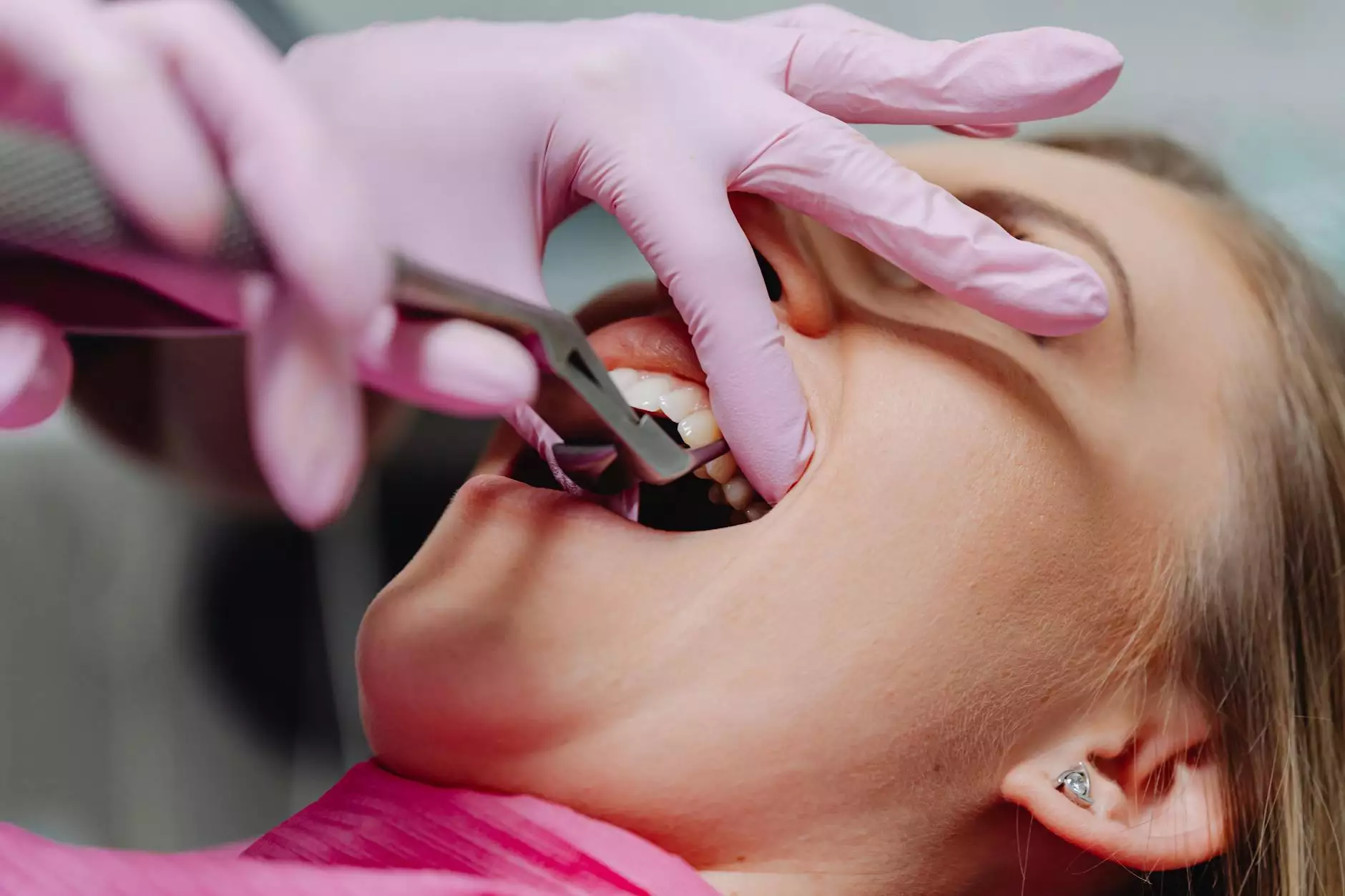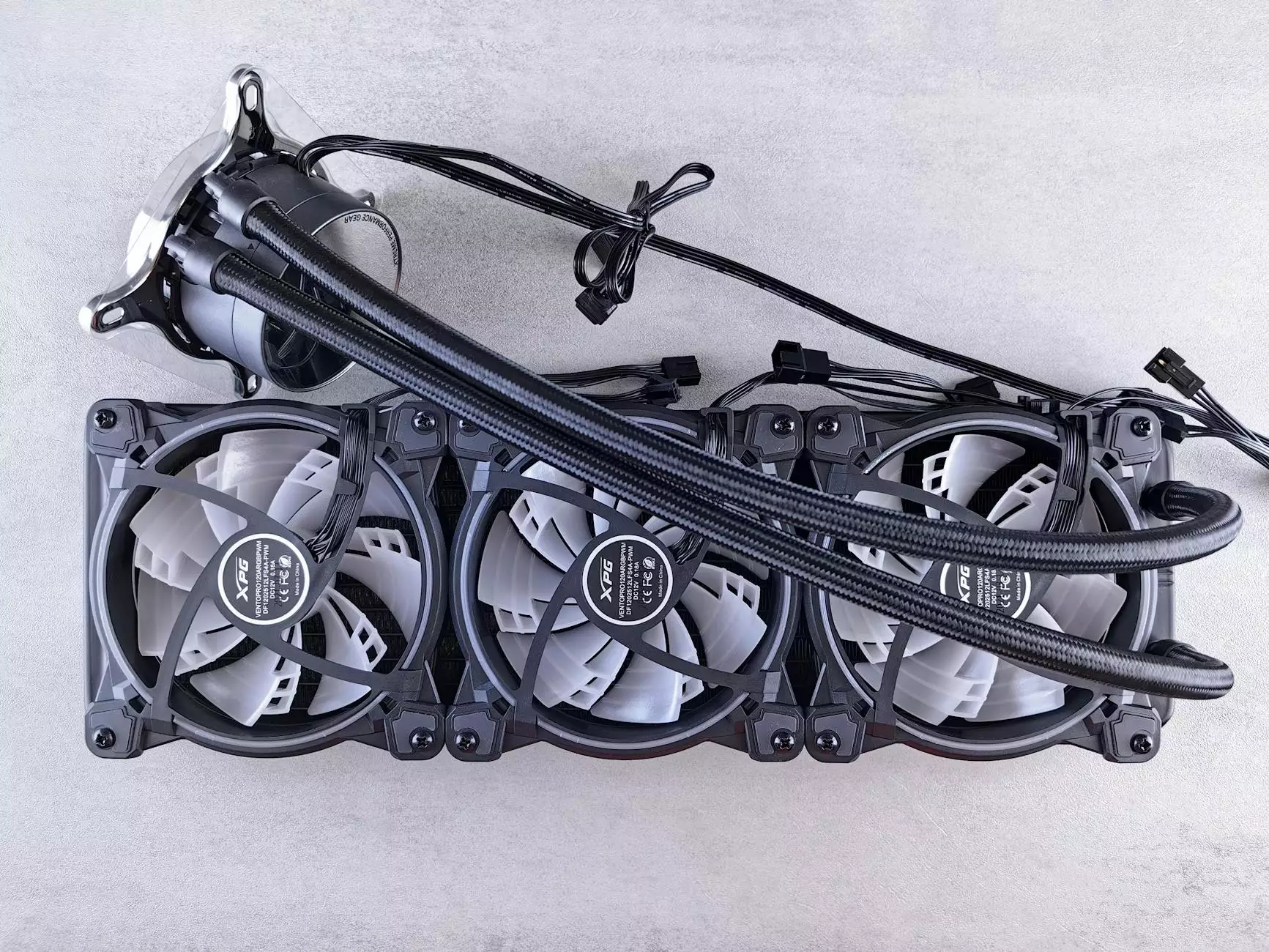Zirconia vs Porcelain: Understanding Dental Materials for Optimal Oral Health

In the evolving world of dentistry, the choice of materials can significantly impact both the aesthetic appeal and functionality of dental restorations. Among the most debated materials are zirconia and porcelain. This article delves into the attributes, advantages, and disadvantages of each, empowering patients to make informed decisions about their dental health.
What is Zirconia?
Zirconia, or zirconium dioxide (ZrO2), is a highly durable ceramic material known for its strength and biocompatibility. Its application in dentistry has surged due to its remarkable properties, which make it a popular choice for crowns, bridges, and dental implants.
Key Properties of Zirconia
- Strength: Zirconia is unparalleled in its strength, making it ideal for high-stress areas in the mouth.
- Durability: It is resistant to wear and chipping, ensuring longevity in dental restorations.
- Aesthetic Appeal: Modern zirconia is available in various shades and translucencies, allowing it to mimic natural teeth.
- Biocompatibility: Zirconia is non-toxic and integrates well with the body, reducing the risk of allergic reactions.
What is Porcelain?
Porcelain is a seasoned material in dentistry, renowned for its aesthetic qualities. It is primarily used for veneers, crowns, and inlays. With a natural tooth-like appearance, porcelain has been a trusted choice for dental restorations.
Key Properties of Porcelain
- Aesthetic Qualities: Porcelain is highly favored for its ability to mimic the natural look of teeth.
- Natural Translucency: This material allows light to reflect similarly to natural enamel.
- Versatility: It can be used in a variety of dental procedures, from aesthetic to functional restorations.
- Affordability: Porcelain materials can be more affordable compared to zirconia in certain cases.
Zirconia vs Porcelain: A Comprehensive Comparison
When choosing between zirconia and porcelain, several factors should be considered:
1. Strength and Durability
In the battle of zirconia vs porcelain, zirconia takes the crown. Its strength allows it to withstand significant chewing forces, making it perfect for posterior teeth where pressure is highest. In contrast, porcelain, while durable, is more prone to chipping and cracking, particularly in high-stress environments.
2. Aesthetic Appeal
Porcelain is often favored for its aesthetic properties, making it suitable for anterior restorations where appearance is crucial. It mimics the natural tooth's color and translucency. However, advances in technology have improved the aesthetic qualities of zirconia, offering tooth-colored options that blend well with natural teeth.
3. Biological Compatibility
Both materials are biocompatible, but the non-reactive nature of zirconia makes it exceptionally suitable for patients with sensitivities. Porcelain has a long history of use and is also well tolerated but can occasionally lead to allergic reactions in some individuals.
4. Cost Considerations
From a cost perspective, porcelain is often more budget-friendly, especially for less complex restorations. Zirconia, while usually more expensive due to its superior qualities and the technology involved in its production, is worth the investment for long-lasting results.
Applications of Zirconia and Porcelain in Dentistry
Understanding where each material excels helps in making the right choice for specific dental procedures:
1. Zirconia Applications
- Crowns: Ideal for posterior crowns due to strength.
- Bridges: Provides support in multiple unit restorations.
- Implants: Its biocompatibility makes it suitable for implants.
- Full Arch Restorations: Offers durability for comprehensive restorations.
2. Porcelain Applications
- Veneers: Perfect for enhancing aesthetics.
- Crowns: Great for anterior teeth where appearance is key.
- Inlays and Onlays: Ideal for cavity fillings that require aesthetics.
- Orthodontic Brackets: Often is utilized due to its translucency.
Choosing the Right Material for Your Dental Needs
The choice between zirconia and porcelain largely depends on individual needs and circumstances:
Consulting Your Dentist
It is crucial to have a detailed discussion with your dental professional. Consider the following when making your decision:
- Location of the Restoration: Is it a front tooth or a molar?
- Personal Aesthetic Preferences: How important is the appearance to you?
- Prior Dental History: Have you had sensitivities or issues with certain materials before?
- Budget: What are you willing to invest in your dental restoration?
Conclusion: Making Informed Choices
Both zirconia and porcelain have unique benefits that cater to different dental needs. Understanding the key differences and applications can help you make a sound choice for your dental health. Whether you prefer the strength of zirconia or the aesthetic appeal of porcelain, the most important factor is to consult with your dentist to ensure the best outcome for your smile.
At Chiswick Park Dental, we prioritize your oral health and aesthetic satisfaction. Trust our experienced team to guide you in selecting the best materials suited for your dental restorations. Your smile deserves the best!









